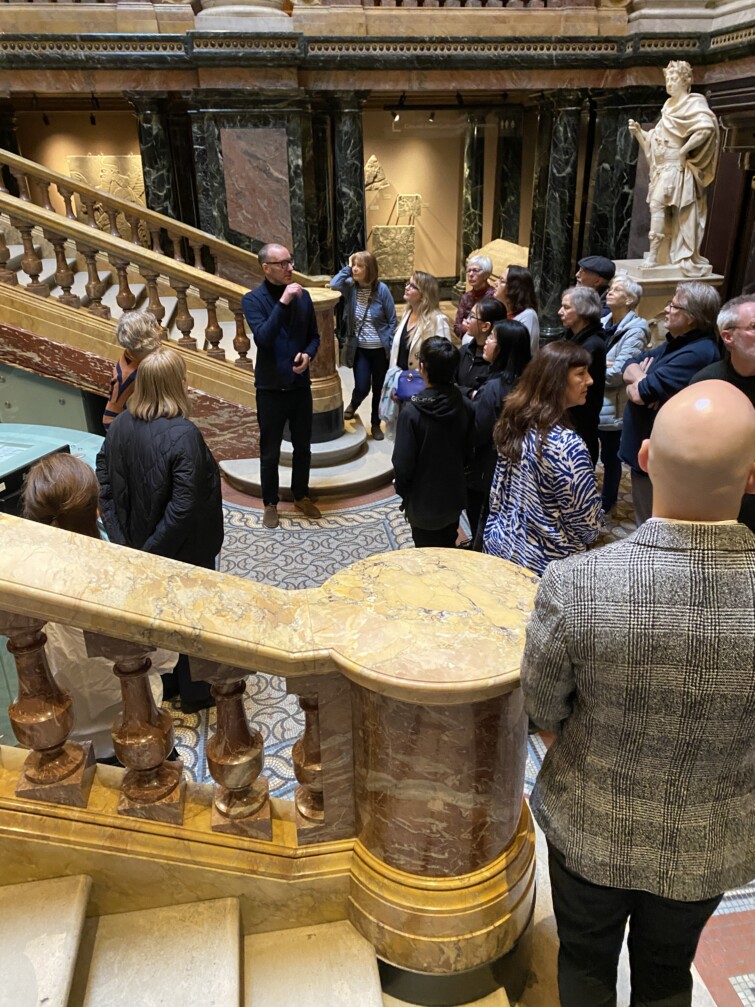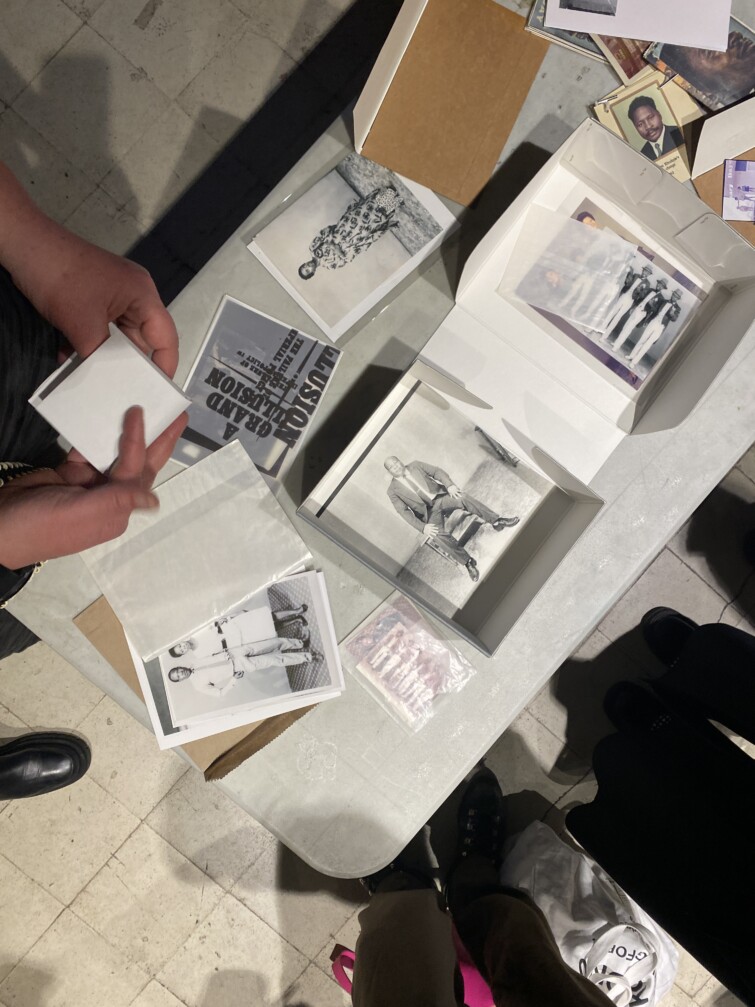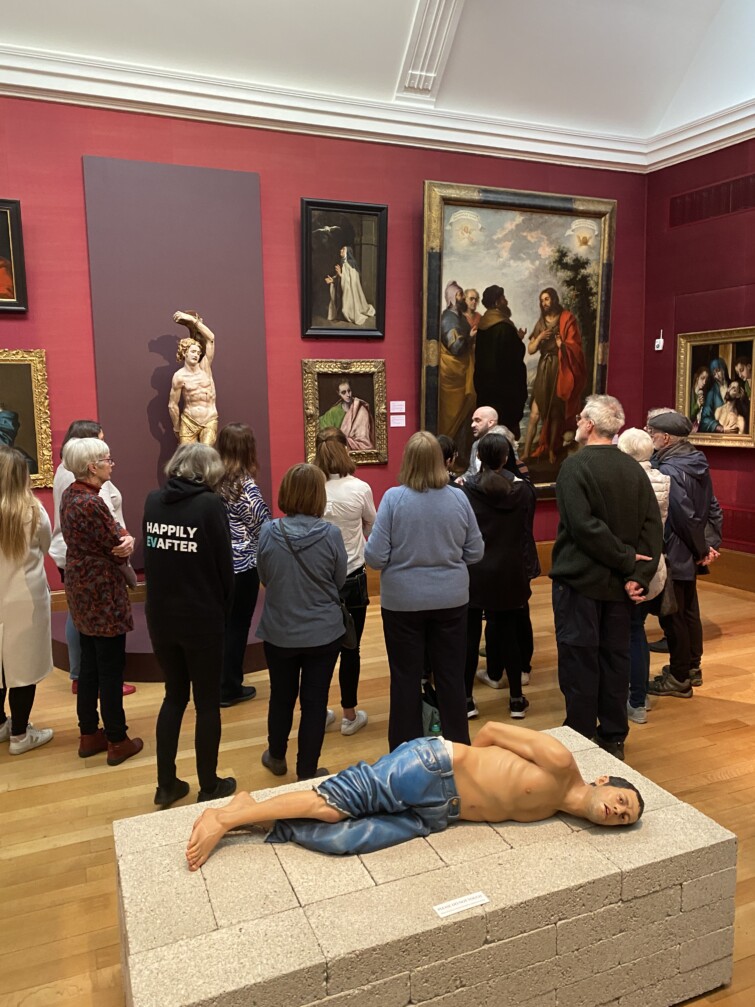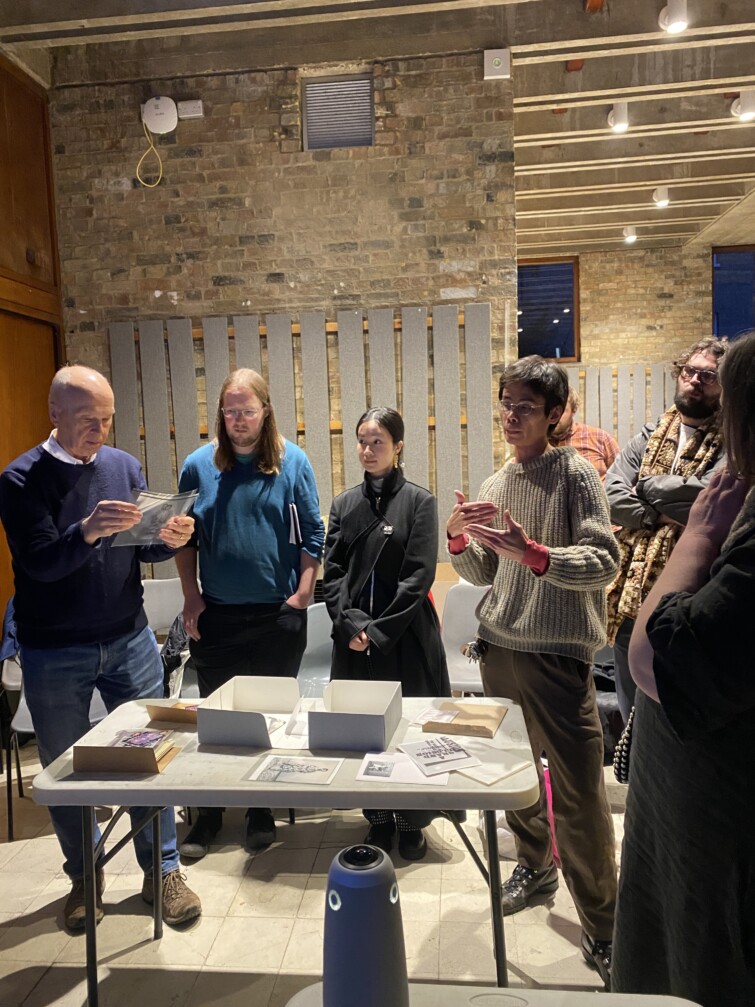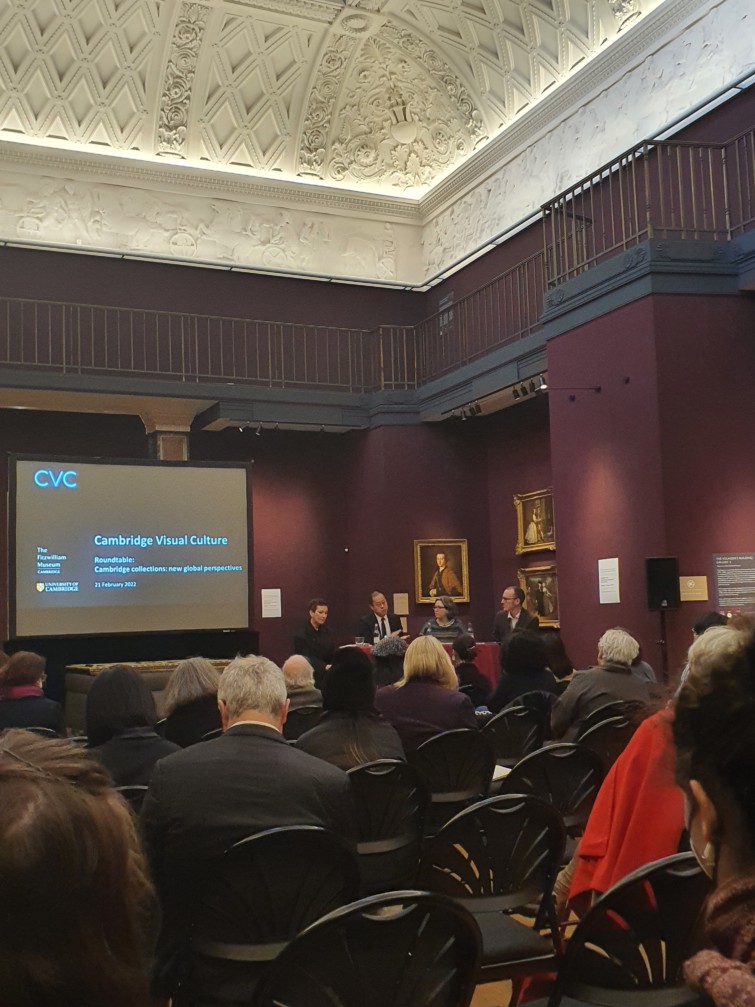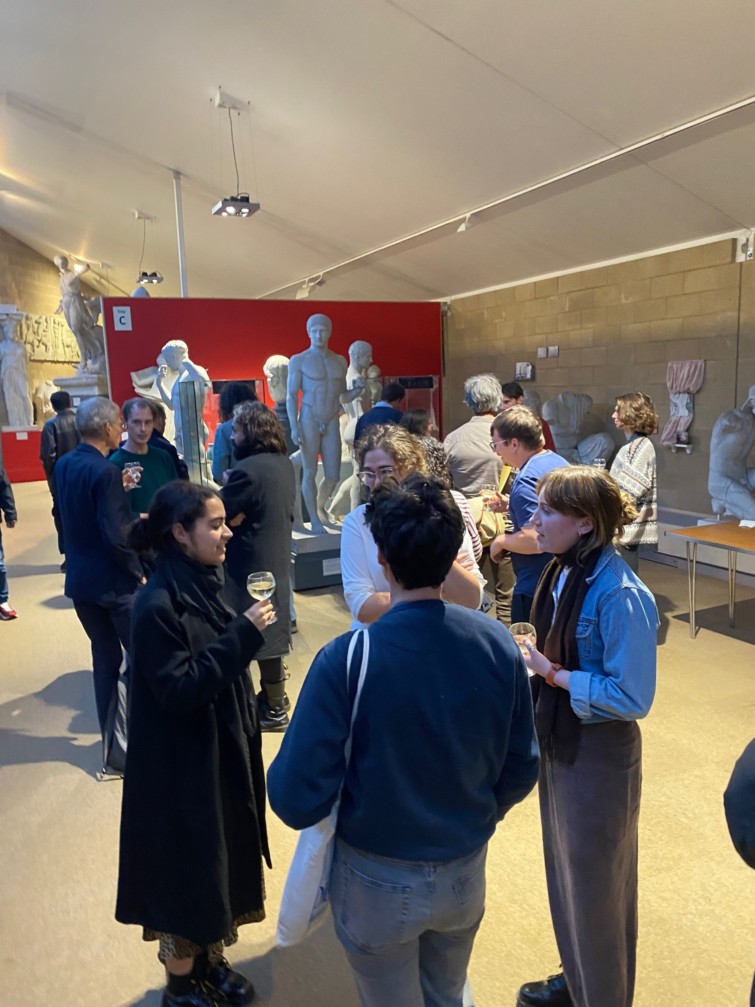Cambridge Visual Culture is a portal for the visual: for our students and researchers, for visual artists, and for the wider community.
Cambridge Visual Culture, formerly the Centre for Visual Culture, was established in 2019 to harness cross-disciplinary research activity on visual culture being conducted at the University of Cambridge. CVC maintains close ties with its host department, the Department of the History of Art, whose oversight is now complemented by directorial expertise from its co-funders: the Fitzwilliam Museum, Kettle’s Yard, and the School of Arts and Humanities.
‘An initiative of this kind has been long in coming, and I am thrilled to be part of it. CVC, its website, events, and visiting fellows are crucial in integrating and incubating research into visual culture across the University and its collections, in dialogue with art theory and practice in the city of Cambridge and in a global world.’ – Professor Carrie Vout, CVC Chair 22/23
Our programme currently consists of the:
- Creation of a digital presence for the network
- Facilitation of a programme of events focused on the visual
- Support of a programme of visiting research scholars
- Development of a dedicated artists-in-residence programme
- Digital
- Events
- Visiting Fellows
- Artists-in-Residence
Digital
Our redesigned CVC website acts as a portal to visual culture (from displays to events and research projects) in Cambridge. Serving as a hub for visual research, events and exhibitions across the Departments and Museums, it will increase the profile of arts and humanities within the University and connect with local communities, giving the visual arts in Cambridge national and international impact.
Events
Our programme of events is distinctive in exploring the relationship between the visual and research. CVC events include “in conversations” between practising visual artists and academics, workshops around display and exhibition developments that can help define the visual and public representation of University research, and how visual arts practice can shape and inform research. These events move beyond the History of Art department, to better reflect the cross-University role of CVC, with events taking place in colleges and museums.
Visiting Fellows
Our programme of visiting scholars brings new perspectives to Cambridge. Each visiting scholar is expected to deliver a public event, a student seminar or workshop, and spend focused time engaging with visual collections in Cambridge over a two-week period in the first year of their fellowship. This is followed by a second residency of one week in the following academic year, thus helping us to foster and sustain enduring partnerships.
We welcomed our first cohort of fellows in 22/23; these scholars taught seminars, hosted public events, and conducted research in our many collections and libraries. We look forward to welcoming these fellows back in 23/24, to further nascent ties and research leads.
“The residence gave me the opportunity to think with remarkable students and faculty in Art History and the CVC at Cambridge, and the informal and formal talks were opportunities to refashion, revise and expand my own research and critical methodologies.”
“With close relationships made with people who work in other fields, like archaeology, I grew belief in the idea that there will be new avenues for useful interdisciplinary cooperation between us, shedding more light on our research.”
Artists-in-Residence
Cambridge has a flourishing programme of artist commissions (University, Colleges, civic spaces) and contemporary art programming and displays, including at Kettle’s Yard, the Fitzwilliam Museum, and within college galleries. Following the same format as the visiting scholars, CVC aims, in time, to launch an artists-in-residence programme which will connect these artists with the distinctive research culture at Cambridge, offering opportunities to engage with academics across a wide range of fields.
Gallery
Cambridge Visual Culture Map
.google-maps {
position: relative;
padding-bottom: 75%; // This is the aspect ratio
height: 0;
overflow: hidden;
}
.google-maps iframe {
position: absolute;
top: 0;
left: 0;
width: 100% !important;
height: 100% !important;
}

